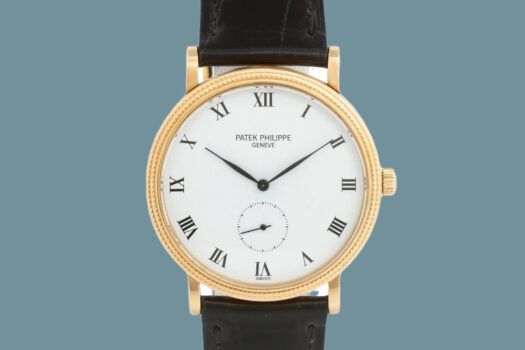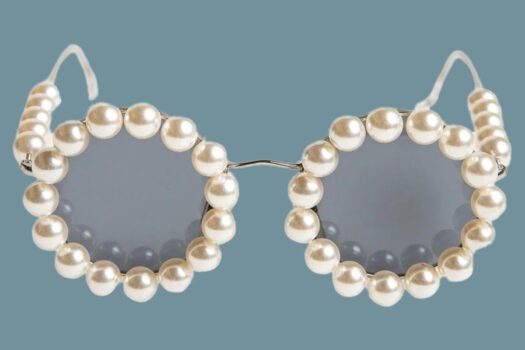Say hello to Cometa, a seven-foot-tall lighting tower of undulating plastic, glowing grayish along most of its length but with a cheeky burst of pink at the top. It’s a lesser-known work by Ettore Sottsass, a wild man of the Radical Design movement that swept Italy in the late 1960s and ’70s, rejecting rationalism and modernism in favor of ever-more outrageous imaginings in furniture, lighting and decorative objects.
Sottsass won renown in 1969 as a designer of the iconic cherry-red Valentine typewriter for Olivetti and later gained notoriety as a key figure in the influential Memphis design group, which became synonymous with 1980s postmodernism. His designs of that era, such as the plastic-laminate-clad Carlton bookcase and Casablanca cabinet, boldly colored and cartoonish, are widely celebrated and have long been must-haves for any self-respecting design museum.

But the circa 1971 Cometa (Italian for “comet”), produced by the Florentine company Poltronova, where Sottsass reigned as artistic director for nearly two decades beginning in 1958, is a thing apart. Netherlands-based Morentz, which deals in 20th-century furniture and decor, is offering a near-mint example on 1stDibs. “With its sinuous lines and phallic shape, the Cometa is a landmark design, a radically different way of presenting a floor lamp,” says Anthony Barzilay Freund, editorial director and director of fine art at 1stDibs, who’s a fan of the innovative piece. “It fuses references to tantra, sexuality, Hinduism and anti-consumerist culture using the material language of neon, Pop art and plastics — a wonderfully complex and interesting mix.”
Sottsass’s travels in India and California during the 1960s and ’70s sparked his interest in such then-avant-garde ideas. They became fodder for his work back in Italy, where he produced experimental designs in wood, ceramics, plastics and other materials with the support of Poltronova’s visionary founder, Sergio Cammilli.
In recent years, Sottsass’s Ultrafragola (ultimate strawberry) floor mirror, from the same Poltronova Mobili Grigi (gray furniture) series as the Cometa, has become ubiquitous. Still in production, the neon-lit design is embraced by celebrities like Frank Ocean, Lena Dunham and Bella Hadid. The much rarer Cometa lamp, Freund says, is “another groundbreaking piece that deserves the recognition it did not receive at the time.”
Morentz specializes in restoring vintage furnishings, often wooden or upholstered pieces. In the case of the Cometa, the restoration team was lucky that it was still in great condition. The lamp’s body, made of Perspex — a brand of acrylic sheet plastic — had remained unscathed through the decades. “It is possible to cast a missing piece,” Freund notes, “but such a restoration will always remain slightly visible.” Fortunately, he says, “that wasn’t needed here.”






